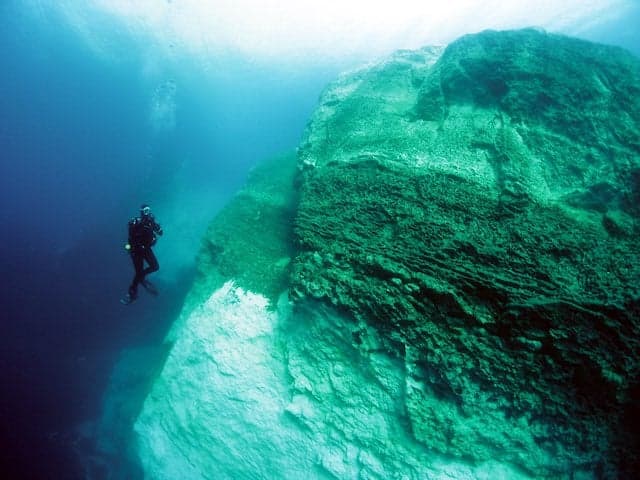Five unusual things you can do in Malta
Malta may be a small island but size can be deceiving. From an entire ‘village’ full of cats to a neolithic necropolis, there’s much more to Malta than meets the eye.

Presenting five unusual things you shouldn’t miss in Malta.
Explore a prehistoric tomb
From mythological Atlantis to the lost city of El Dorado, hidden or lost places have always captured the imagination.
In Malta, you can explore an underground burial site that went undiscovered for thousands of years. The Ħal Saflieni Hypogeum is a neolithic necropolis nestled under the streets of Paola, also known as Raħal Ġdid. The large underground burial chamber is a UNESCO World Heritage site, one of seven on the island. Dug directly into the limestone, the prehistoric complex, which was in use for up to 1500 years, dates back to 4000 BC. Carved with Stone Age tools like flints and antlers, the subterranean chamber, complete with stellar acoustics if you feel like a chant, paints a fascinating picture of prehistoric life. Make sure to book in advance, numbers are limited with just 10 people admitted per hour.
 Ħal Saflieni Hypogeum. Photo: Visit Malta
Ħal Saflieni Hypogeum. Photo: Visit Malta
Cosy up with the cats
Malta is a country where you’ll find The Three Big Cs of Tourism: culture, cuisine…and cats.
Yes, in Sliema, a town on Malta’s northeast coast, is Cat Village, a park that’s home to many (well-fed and healthy) homeless cats. There’s also a giant multicoloured cat statue because what cat village would be complete without one? It’s an essential pitstop for all visiting ailurophiles (that’s ‘cat fans’, to you and me).
Test the waters
Malta went into mourning when its famous Azure Window, a 28-metre-tall rock arch, collapsed in 2017. But where one door closes (or one window collapses), another one opens.
The arch itself is no longer there but under the water a new tourist lure has emerged. Where the limestone formation once stood has become a popular diving spot that is quite literally swimming with marine life. With a depth-range of five to 52 metres, it’s suitable for divers of all levels who are keen to explore this underwater playground.
It’s a spectacular sight at the moment but won’t stay this way long. Soon, the sharp-edged chunks of white rock will be smoothed down by the ebb and flow of the Mediterranean and blanketed in plants -- so there’s no time to waste if you want to catch it in its current condition.
Delve into the ‘Dark Cave’

Ghar Dalam. Photo: Visit Malta
Malta has more prehistoric sites than a caveman could shake a club at. The island’s oldest prehistoric site, of which the lowermost layers are over 500,000 years old, was discovered in the second half of the 19th Century. Għar Dalam (the ‘Dark Cave’) has gifted palaeontologists, archaeologists and ecologists with the bones of Ice Age animals, remains and artefacts from the first human settlers in Malta and many geological features including stalactites and stalagmites. There’s also an interesting little museum at the entrance where you can read about how the cave was formed and see some of the treasures its turned up.
Take a bite of Maltese history
Food is to culture what eyes are to the soul. It’s the window into a country’s history and the simplest way to understand local culture. There are plenty of restaurants where you can try modern Maltese fare, but if you really want to get a taste for the island’s past then try Heritage Malta’s new concept ‘Taste History’. Join professional historians, curators and chefs and sample traditional dishes revived from the 17th and 18th Centuries. From what would have been typical peasant snacks to a merchant’s decadent dinner, it’s a unique opportunity to discover Malta and its eclectic past through your tastebuds.
Photo: Taste History – Heritage Malta
Click here to start planning your trip to Malta
This article was produced by The Local Creative Studio and sponsored by Visit Malta.
This content was paid for by an advertiser and produced by The Local's Creative Studio.

Join the conversation in our comments section below. Share your own views and experience and if you have a question or suggestion for our journalists then email us at [email protected].
Please keep comments civil, constructive and on topic – and make sure to read our terms of use before getting involved.
Please log in here to leave a comment.